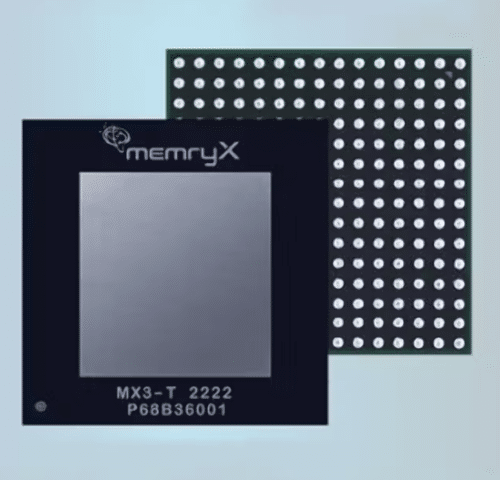The Edge AI accelerator enables efficient performance, handling multiple AI models across video streams with automated tools, scalability, and broad platform compatibility.

MemryX has announced the production availability of its MX3 Edge AI Accelerator. The MX3 delivers ease of use, performance, and energy efficiency.
The Edge AI Accelerator is designed to solve challenges faced by Edge AI users, delivering performance and ease of use. Its dataflow and at-memory computing architecture allow the MX3 to handle multiple AI models across dozens of video streams simultaneously, making it suitable for applications such as video management systems that require high frames per second (FPS) performance.
With its automated tools, the accelerator ensures 1-click model accuracy by compiling and executing AI models using floating-point activations. This removes the need for retraining or model modifications, maintaining the original accuracy of AI models. The accelerator does not require adjustments to customer models, unlike other solutions. It supports original models without hidden changes while offering optional optimizations, such as pruning or compression, for users seeking design flexibility.
Application deployment is simplified with the MX3’s automated pre- and post-processing capabilities. The system identifies and packages pre- and post-processing code, reducing the burden on programmers and speeding up development timelines.
Users can deploy a single chip for compact applications or scale up to 16 chips for larger use cases without requiring additional hardware like PCIe switches. This scalability allows the Edge AI Accelerator to meet a variety of application requirements, from smart cameras to Edge servers.
It is energy-efficient, consuming 0.5-2.0W per chip depending on system settings and AI model demands. This low power usage enables AI in devices with limited thermal management, such as fanless industrial PCs, and uses less power than mainstream GPUs.
The Edge AI Accelerator supports various platforms, including x86, ARM, and RISC-V, and is compatible with multiple operating systems. This ensures integration into different hardware and software environments.
For more information, click here.










